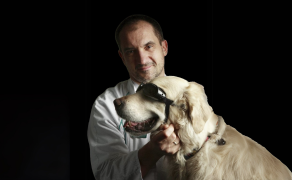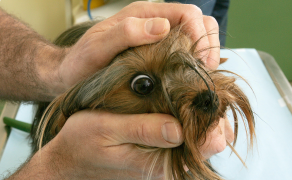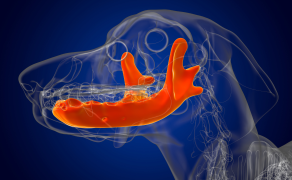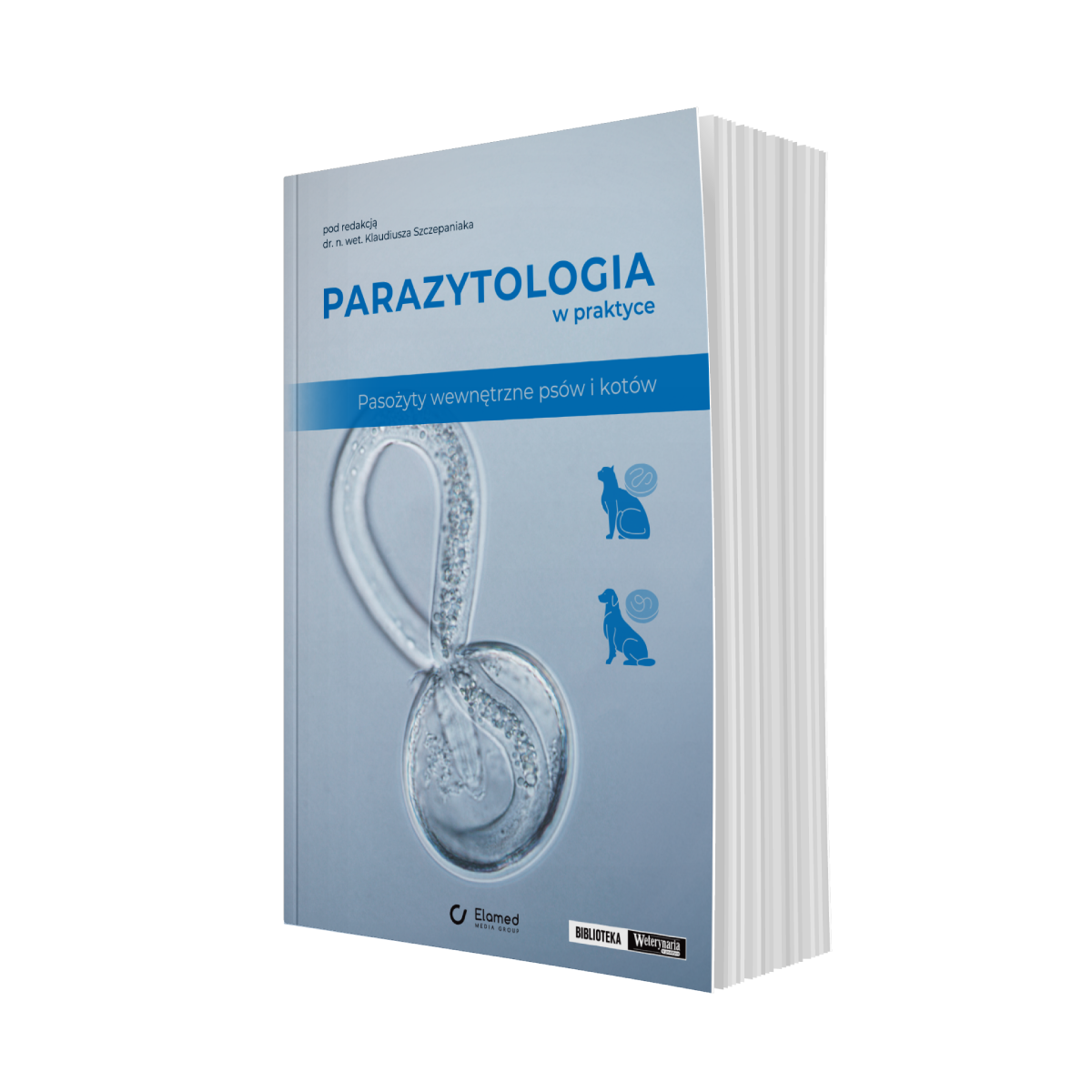Mastocytoma – najczęściej występujący nowotwór skóry u psów
Piśmiennictwo
- Beltran E., De Stefani A., Stewart J., De Risio L, Johnson V.: Disseminated mast cell tumor infiltrating the sphenoid bone and causing blindness in a dog. „Vet Ophthalmol”, 2010, 13, 184-189.
- Dobson J.M., Scase T.J.: Advances in the diagnosis and management of cutaneous mast cell tumours in dogs. „Journal of Small Animal Practice”, 2007, 48, 424-431.
- Grüntzig K., Graf R., Swiss Boo G., Guscetti F., Hässig M., Axhausen K.W., Fabrikant S., Welle M., Meier D., Folkers G., Pospischil A.: Canine Cancer Registry 1955–2008: Occurrence of the Most Common Tumour Diagnoses and Influence of Age, Breed, Body Size, Sex and Neutering Status on Tumour Development. „Journal of Comparative Pathology”, 2016 http://dx.doi.org/10.1016/j.jcpa.2016.05.011.
- Hosseini E., Pedram B., Bahrami A.M., Moghaddam M.H., Javanbakht J., Ghomi F.E., Moghaddam N.J., Koohestani M., Shafiee R.: Cutaneous mast cell tumor (Mastocytoma): cyto- histopathological and haematological investigations. „Diagn Pathol”, 2014, 9, 1-5.
- Keefe D.A, Couto G.C., Burke-Shwartz C., Jacobs R.M.: Systemic mastocytosis in 16 dogs. „Journal of Veterinary Internal Medicine”, 1987, 1, 75-80.
- Blackwood L., Murphy S., Buracco P., De Vos J.P., De Fornel- Thibaud P., Hirschberger J., Kessler M., Pastor J., Ponce F., Savary- Bataille K., Argyle D.J.: European consensus document on mast cell tumours in dogs and cats. „Vet Comp Oncol”, 2012, 10, 3, e1-e29.
- Miller R.L., van Lelyveld S., Warland J., Dobson J.M., Foale R.D.: A retrospective review of treatment and response of [...]
Ten materiał dostępny jest tylko dla użytkowników
którzy są subskrybentami naszego portalu.
którzy są subskrybentami naszego portalu.
Wybierz pakiet subskrypcji dla siebie
i ciesz się dostępem do bazy merytorycznej wiedzy!
i ciesz się dostępem do bazy merytorycznej wiedzy!
Masz aktywną subskrypcję?
Nie masz jeszcze konta w serwisie? Dołącz do nas
Mogą zainteresować Cię również
108
ALGORYTMY
POSTĘPOWANIA
w weterynarii
POSTĘPOWANIA
w weterynarii
























